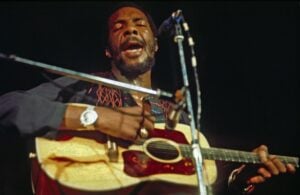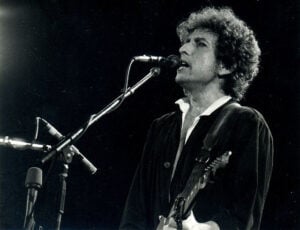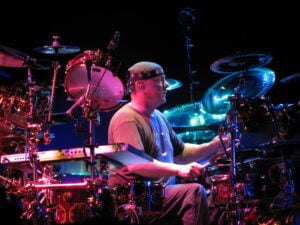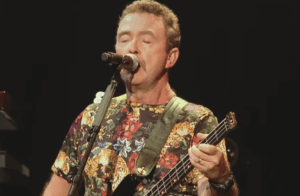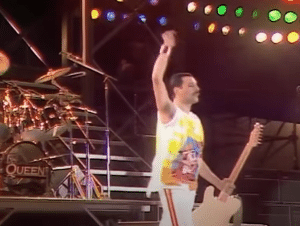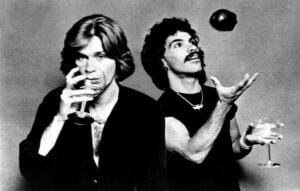The Weird Songs Van Halen Wrote
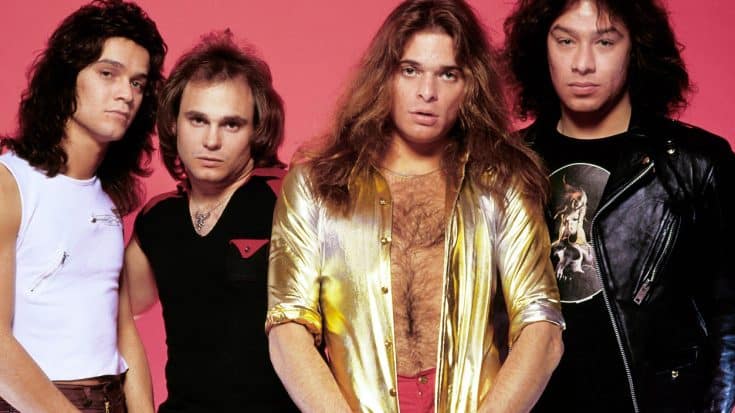
Fin Costello / Redferns
Van Halen began as a lively party band, but their story took a monumental turn when they welcomed Eddie Van Halen, one of rock’s most innovative guitarists. Eddie’s dedication to perfecting his craft set a new standard in the industry. The band’s music, style, and personality influenced countless other bands, but they were also involved in two of rock history’s most notorious breakups.
Let’s take a look back at some of the unique and unconventional songs Van Halen wrote:
In a Simple Rhyme/Growth
The songs on Van Halen’s first two albums were born during their nightclub performances. By the 1980s, the band was expanding its musical horizons, experimenting with more complex arrangements. A prime example of this growth is the final track on Women and Children First, “In a Simple Rhyme.” The song stands out with its more sophisticated structure and marked a clear evolution in their style.
Sunday Afternoon in the Park/One Foot Out the Door
Eddie Van Halen’s journey into synthesizers continued with the release of Fair Warning. After introducing electric piano in “And the Cradle Will Rock…” on the previous album, Eddie took it further by using a cheap Electro-Harmonix micro-synthesizer for “Sunday Afternoon in the Park.” This track showcased his willingness to push beyond traditional rock boundaries and explore new sonic landscapes.
Big Bad Bill (Is Sweet William Now)
Keyboard use became a significant point of contention between David Lee Roth and Eddie Van Halen. Roth worried that the band’s fans would prefer seeing Eddie in his “guitar god” mode rather than experimenting with keyboards. This tension is evident in their cover of “Big Bad Bill (Is Sweet William Now),” where the band stepped away from their typical sound.
Hot for Teacher
“Hot for Teacher” is one of the most iconic songs in Van Halen’s catalog. It kicks off with a 30-second drum solo, followed by an extended guitar solo. David Lee Roth then enters, speaking to his “classmates” rather than singing, while Eddie Van Halen suddenly switches to a chicken-picking guitar style. This track, the final single from Roth’s first run with the band, remains a testament to their creativity and showmanship.
Inside
Sammy Hagar’s debut with Van Halen, 5150, closed with “Inside,” a track that broke the fourth wall and subtly addressed the controversy surrounding Hagar replacing Roth. The band, having established their new lineup with a series of hits, used this song to directly, yet indirectly, comment on the internal changes.
Mine All Mine
Van Halen took a more serious tone with OU812 in 1988. The opening track, “Mine All Mine,” ventures into jazz-fusion territory and introduces a new level of lyrical depth. The complexity of the song challenges Hagar’s vocal range, pushing him to his limits.
Pleasure Dome
With the 1991 album For Unlawful Carnal Knowledge, Van Halen largely returned to their roots, focusing on single-guitar rock. However, “Pleasure Dome” took a surprising turn toward progressive rock. The seven-minute track features the Van Halen brothers and Michael Anthony diving into King Crimson-style experimentation, while Hagar’s cosmic-themed vocals add an unexpected twist.
Strung Out
Ever wondered what it would sound like if Eddie Van Halen stomped on a piano? In 1983, while renting composer Marvin Hamlisch’s beach house, Eddie reportedly threw various objects into a piano, including ping-pong balls and silverware. He recorded hours of these experimental sounds, ultimately selecting the best 90 seconds to feature on the band’s latest album with Hagar.
Crossing Over
Van Halen’s only non-album B-side, “Crossing Over,” is a deeply personal and unusual track. Originally recorded by Eddie in 1983 as a tribute to a friend who had committed suicide, the song remained unfinished until Sammy Hagar joined the band in 1985. Even then, it wasn’t released until nearly a decade later, following the death of their manager, Ed Leffler.
How Many Say I
The closing track of Van Halen III, “How Many Say I,” features Eddie Van Halen’s first and only lead vocal performance. The band was introducing Gary Cherone as their third lead singer, and this piano-driven track took an unusual creative direction, sounding more like a late-era Roger Waters ballad than a typical Van Halen song.
















